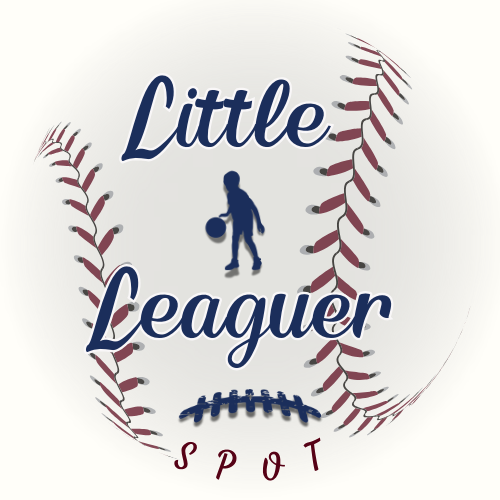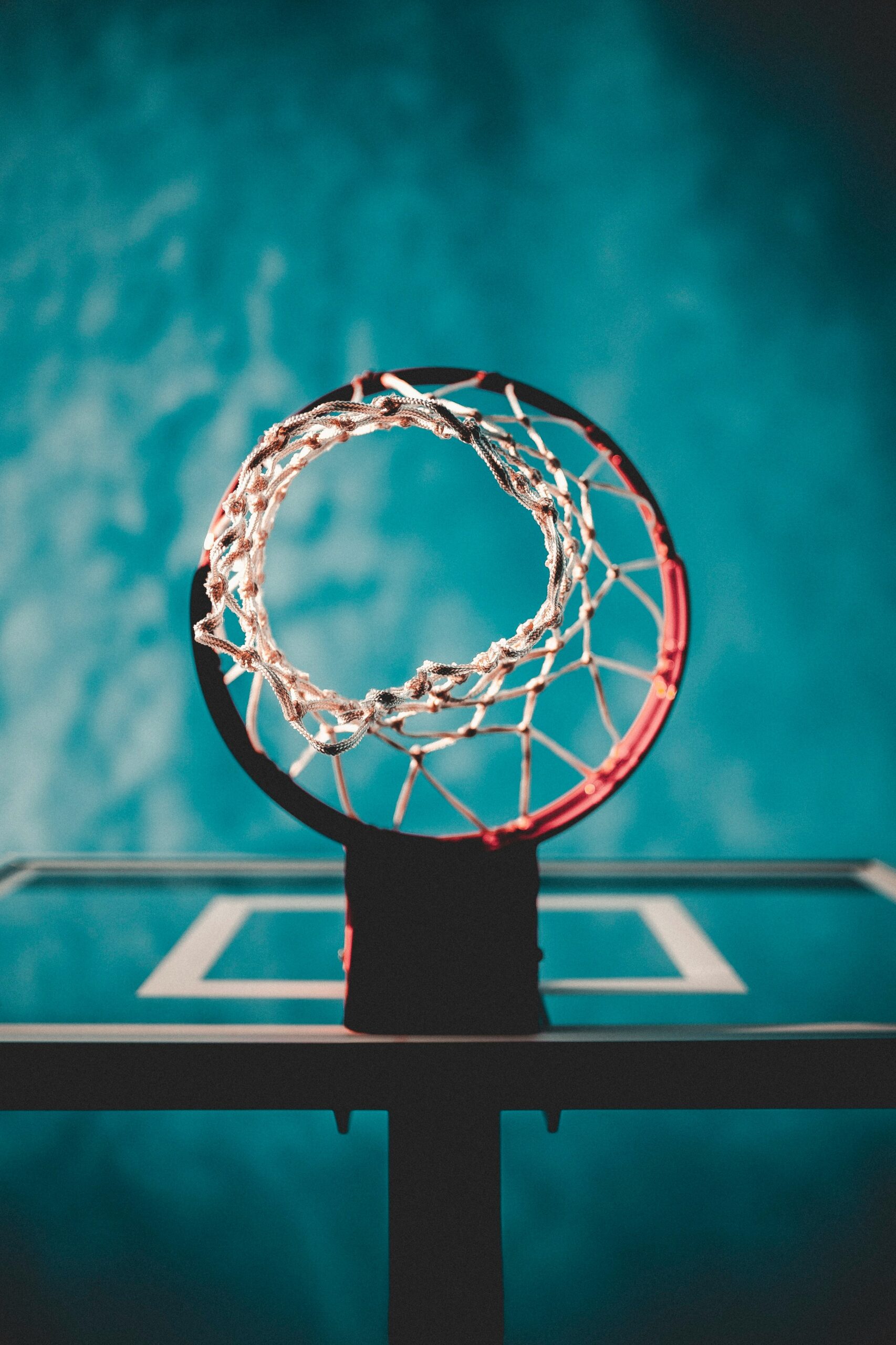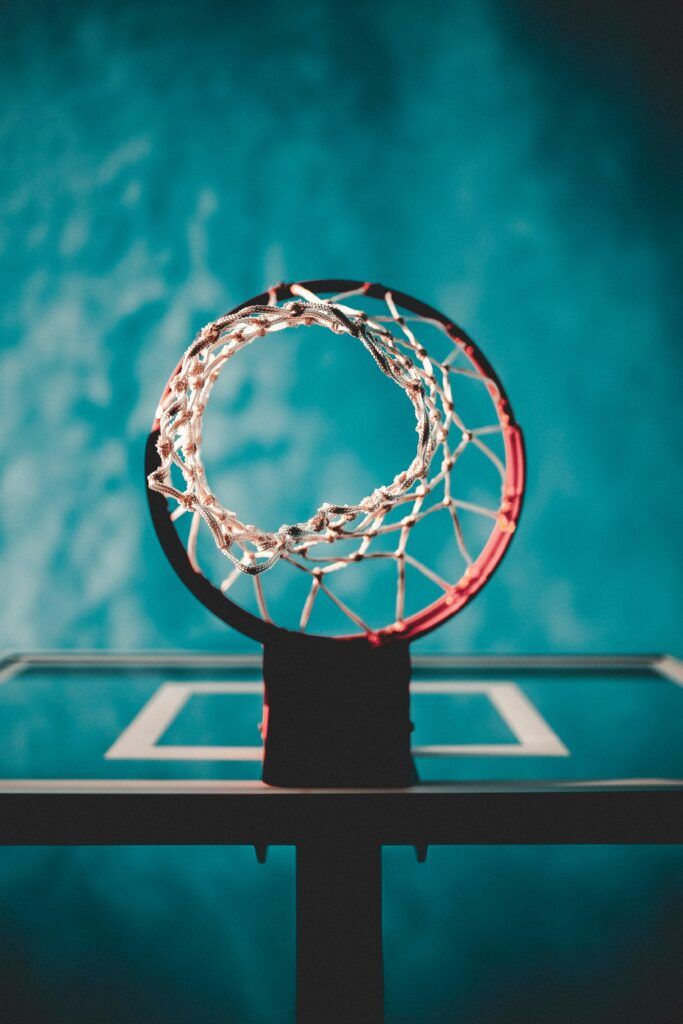
Kicking off a basketball journey needs the right basics, and what’s more basic than a trusty basketball, a hoop, and some cool kicks? These essentials are like the bread and butter of getting started. They’re not just tools; they’re a ticket to endless fun and skill-building right at home.
The basketball is more than just a ball. It’s a friend that helps nurture those early dribbles and shots. Pick something light and easy to grip for smaller hands—might want to go for something like a junior-sized ball to make sure it fits just right. If you’re practicing outside, make sure you get an outdoor ball!
Then there’s the hoop. A simple hoop setup in the driveway or backyard does wonders. For younger kids, adjustable height hoops are a game-changer. They grow with them, keeping the game challenging and exciting as they get taller and more skilled.
And let’s not forget those shoes and socks. Quality basketball shoes protect tiny ankles from sprains while providing great support as they dart around. Comfort and grip are key. You want your kid moving without slipping and sliding all over the place.
With these tools in hand, kids are set to start bouncing! It’s less about the fancy stuff and more about fostering a love for the game in those early happy swishes and giggles.
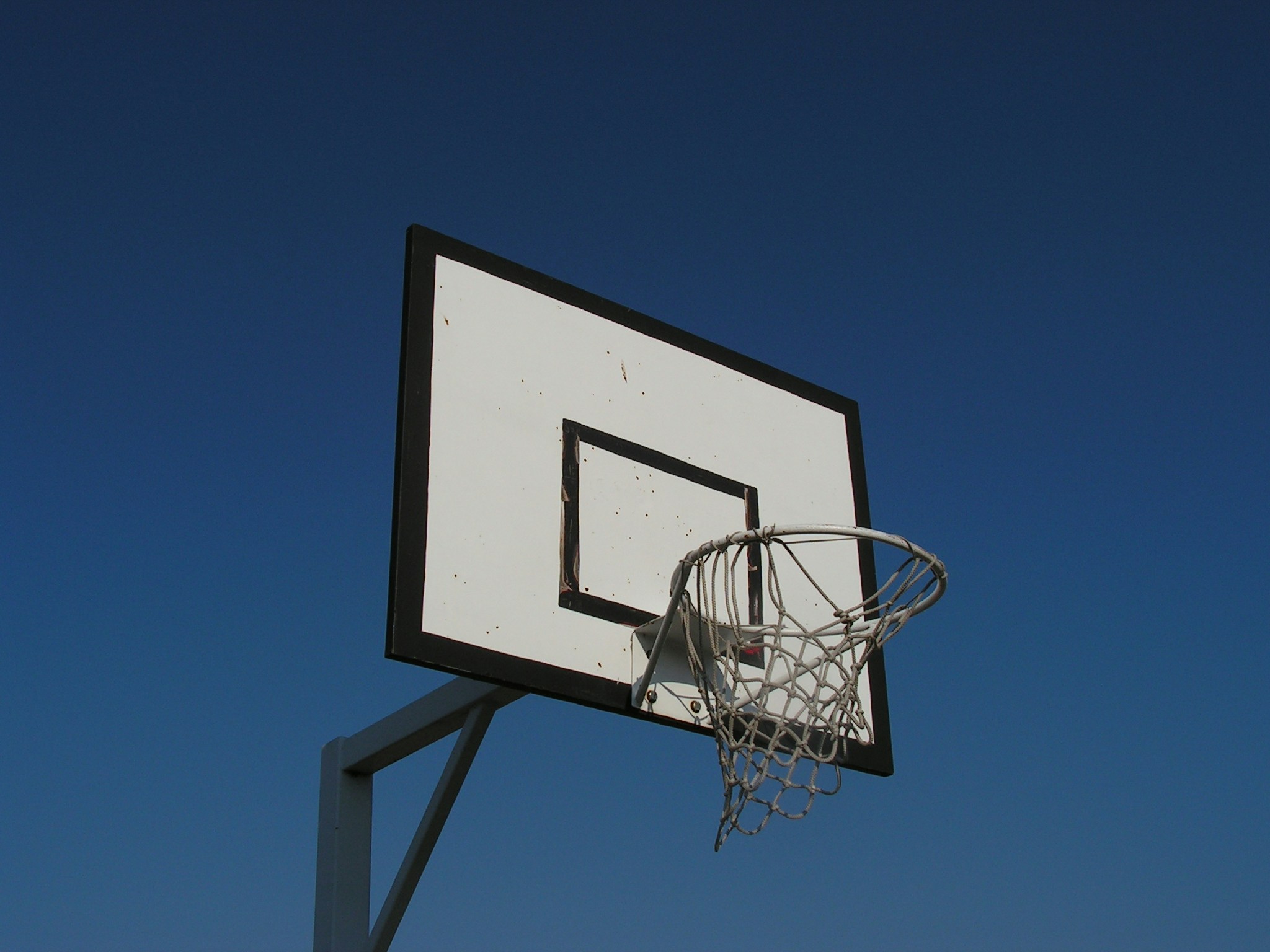
Getting Started: Training Methods for Young Beginners (Ages 3-5)
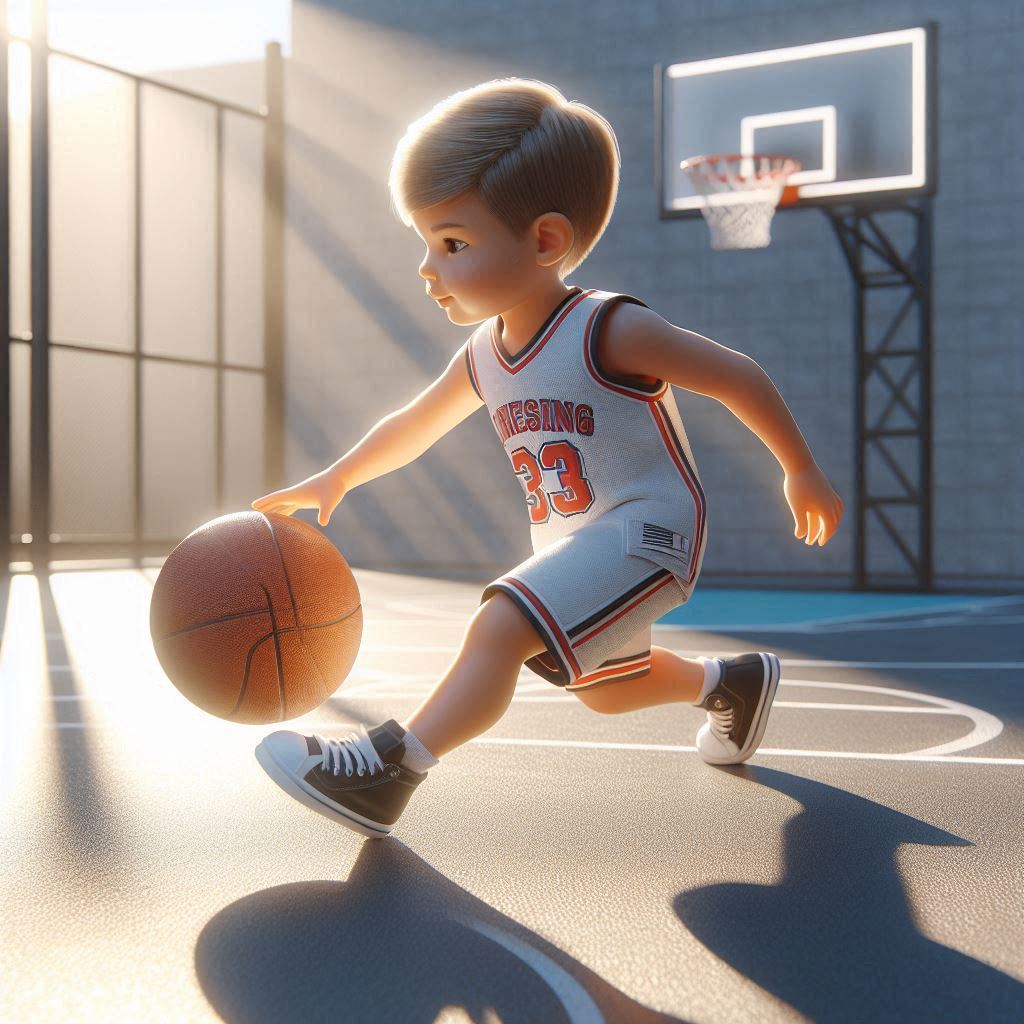
When it’s time for the tiny tots to get in on the action, it’s all about keeping it light, fun, and super safe. The key here is to create a welcoming environment right at home, where they can bounce around like little kangaroos, all while picking up the basics of basketball.
Picture this: a mini training ground in your backyard with just a tiny hoop and a kiddie-sized basketball. Make sure it’s bright and colorful to keep them intrigued. Setting up simple obstacle courses using cones or anything soft can also amp up their excitement and take their energy into overdrive.
It’s these early days where they start picking up dribbling without even noticing it. Games that promote motor skills, like playing catch with the ball or simply rolling it back and forth, work wonders. These exercises help with hand-eye coordination, which is the building block for dribbling and shooting later on.
Encourage them to mimic shooting by tossing a light ball into a basket—nothing too high, though! It’s more about the laughter and less about the perfect basket. The focus here is on developing basic motor skills and an early love for being active.
Grab soft hurdles or use chalk to create lines and see them spring around, enhancing their agility as they learn to change direction in a flash. While they play, they unknowingly work on the fundamentals that set the stage for later training.
All in all, this age is about exploration. Kids this young might not have the perfect form, and that’s totally okay. Encouraging them to be active while introducing them to the joys of the sport is the ultimate win!
Intermediate Training Techniques (Ages 6-12)
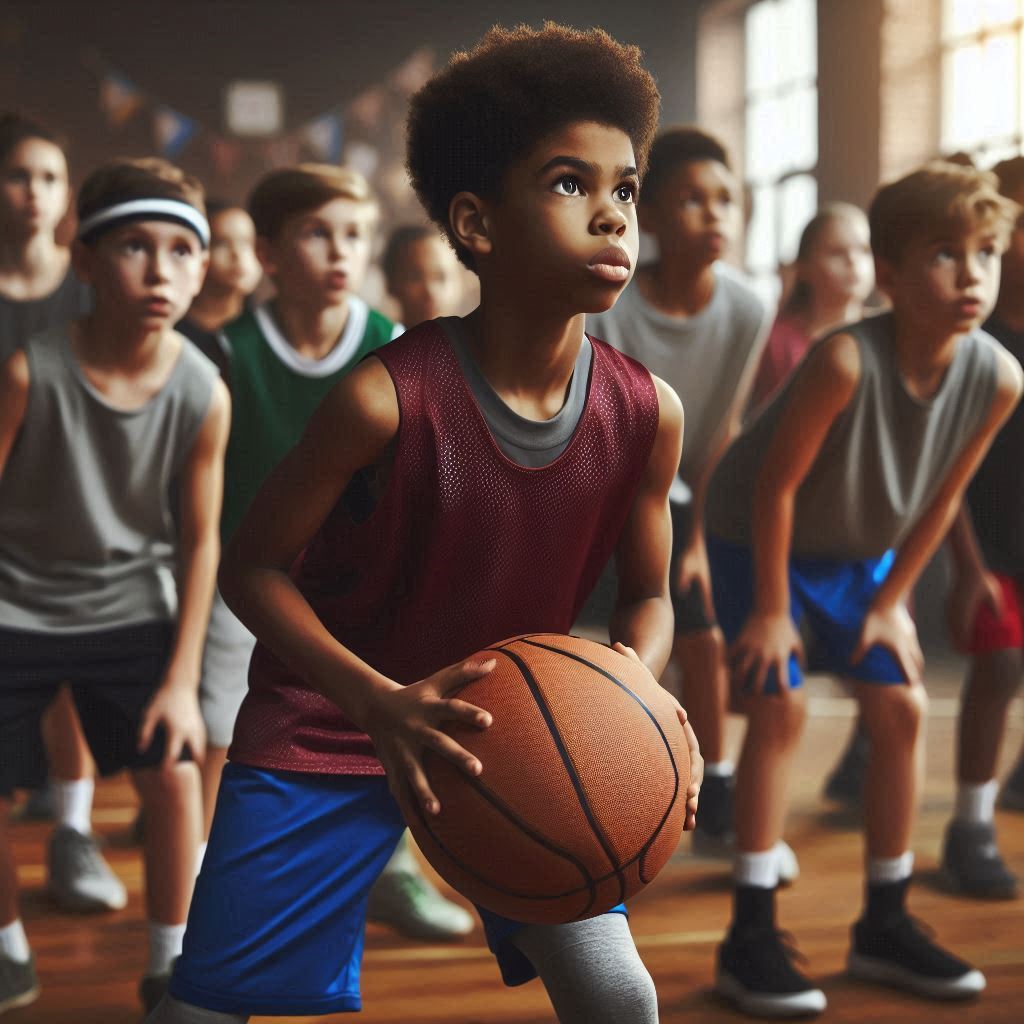
Stepping up to a slightly older crowd, we’re talking about kids ready to get serious about their hoops game. Now’s the time to introduce a few new tricks and tools to keep things interesting and challenging as they hone those skills.
Think about adding some dribble glasses. They might look funny, but these nifty gadgets force kids to dribble with their heads up, building that court awareness early on. Pair these with agility ladders, and you’ve got a recipe for improved footwork and faster reflexes. Kids love seeing their skills get better, and these tools will do just that.
Home drills are a huge part of this age range’s growth. Create a daily practice routine they can get into based on structured repetition of fundamental skills like dribbling, passing, and shooting. You can even turn these into mini challenges – like competing with the stopwatch to beat their fastest time!
Balance and coordination are big at this stage, especially as they start to carry out more complex movements. Encourage them to practice standing on one foot or bouncing on a mini trampoline to build core strength and balance.
On top of physical skills, developing game IQ is vital. Allow them to understand the sport by simulating game-like situations. Help them analyze plays from games (even their own if recorded). This not only helps with understanding plays but also builds strategic thinking so that they can anticipate opponent moves.
With these tactics in motion, kids in this age group can start turning those fun, wild play sessions into serious skill-building exercises. The joy of seeing those shots land and moves executed smoothly makes the work worth it. It sets the foundation for the next level of their basketball journey.
Advanced Training Insights for Teenagers (Ages 13-18)
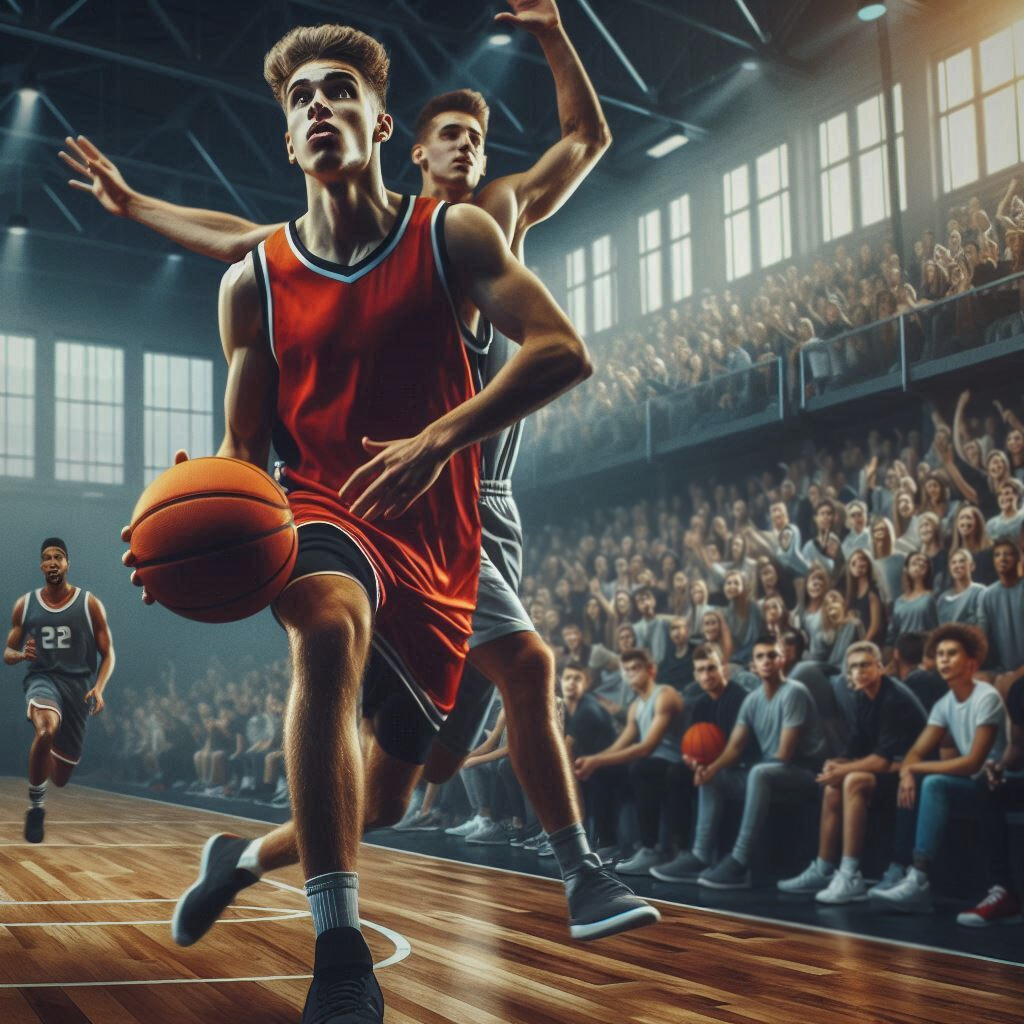
As teens edge closer to varsity dreams or just aim to polish their skills, the training shifts up a gear. This is where things get intense and techy, blending high-energy drills with helpful gadgets.
Resistance bands and weighted balls come into play now. They make workouts tougher and help enhance strength and agility. These tools are excellent for building muscle endurance and improving quick, explosive moves on the court.
Teens are tech-savvy, and incorporating tech in their training can boost their performance. Apps that analyze shooting form or track fitness goals add a whole new dimension. Wearables that monitor heart rates help track progress and refine training programs to be more effective.
At this stage, teamwork isn’t just about passing the ball around. It’s about learning strategies, positioning, and communicating with teammates. Creating small practice teams at home or joining a local league presents opportunities for teens to apply their training in real games.
For those aiming higher, transitioning to professional training is the next logical step. This involves preparing to try out for school teams or club teams, where there’s access to experienced coaches and structured training sessions. The focus shifts to sharpening competitive skills and understanding advanced game strategies.
In facilitating this move, flexibility and support are key. Encouraging open conversations about their goals and challenges helps them stay motivated while respecting the demands of balancing school with sports. This phase is about solidifying their love for basketball while pushing their limits to become the best players they can be.
